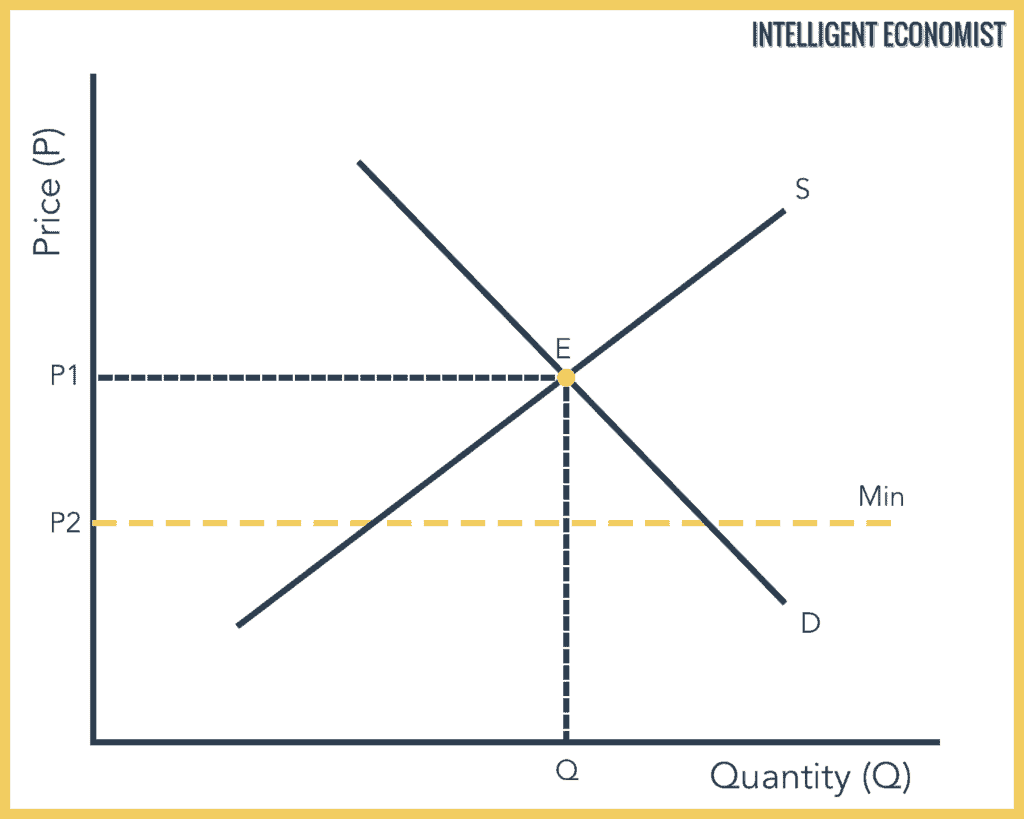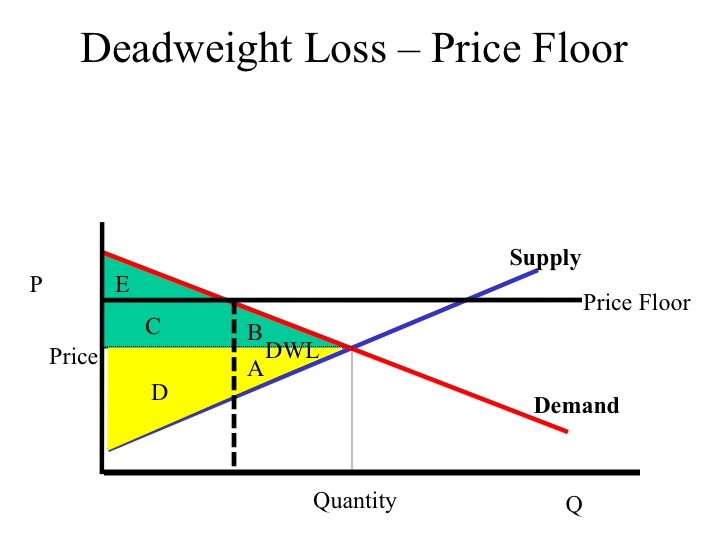Do Governments Earn Money On Price Floors

It is a kind of political pressure from suppliers to the government to keep the price high.
Do governments earn money on price floors. For a price floor to be effective the minimum price has to be higher than the equilibrium price. Suppose the government sets the price of wheat at p f. Price floors are used by the government to prevent prices from being too low. What is the difference between price ceiling and price floor.
Why are price floors implemented by governments. Figure 4 8 price floors in wheat markets shows the market for wheat. Governments usually set up a price floor in order to ensure that the market price of a commodity does not fall below a level that would threaten the financial existence of producers of the commodity. A price floor is the lowest legal price a commodity can be sold at.
The most common example of a price floor is the minimum wage. Notice that p f is above the equilibrium price of p e. Price floors are also used often in agriculture to try to protect farmers. A price floor is an established lower boundary on the price of a commodity in the market.
A price ceiling means that producers can not raise the price while price floor means that producers can not cut the price below the assigned price. Types of price floors. A price floor is a government or group imposed price control or limit on how low a price can be charged for a product good commodity or service. A price floor that is set above the equilibrium price creates a surplus.
For example many governments intervene by establishing price floors to ensure that farmers make enough money by guaranteeing a minimum price that their goods can be sold for.



















